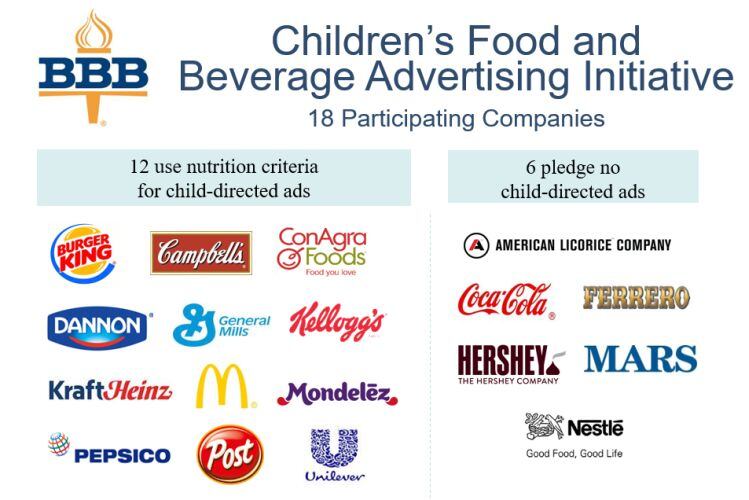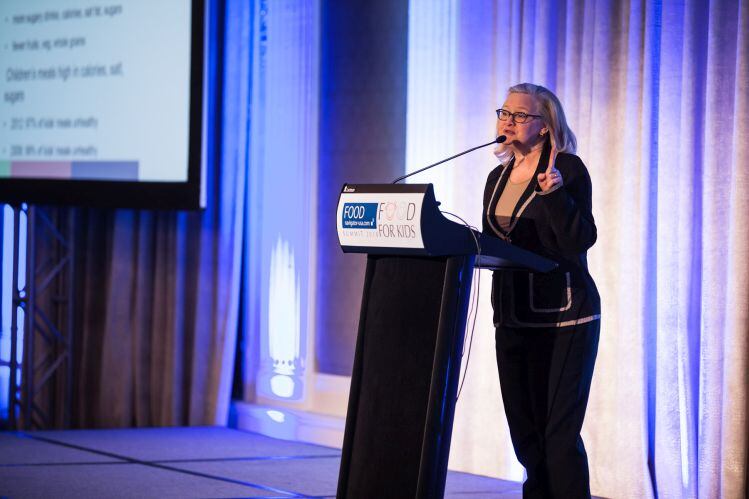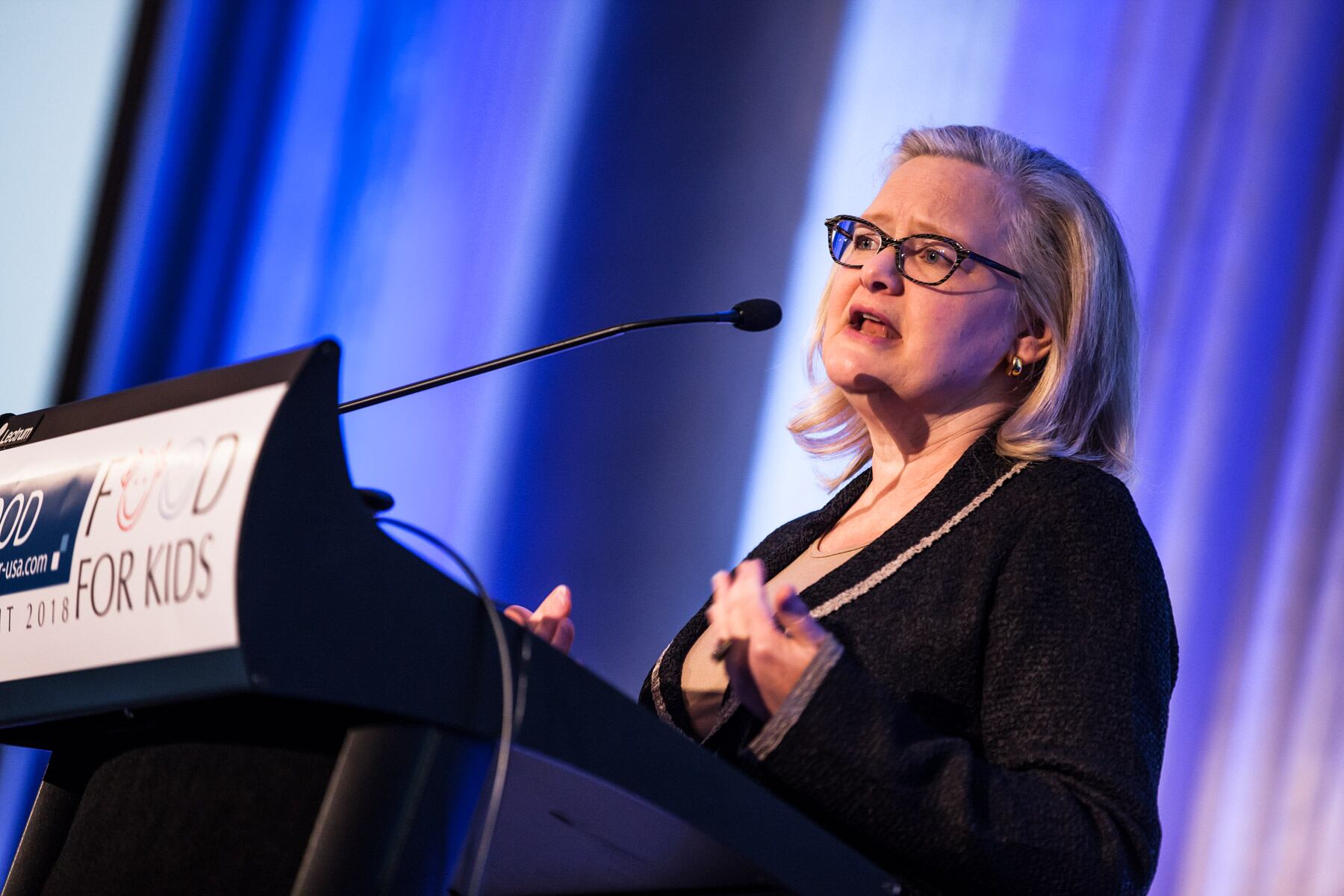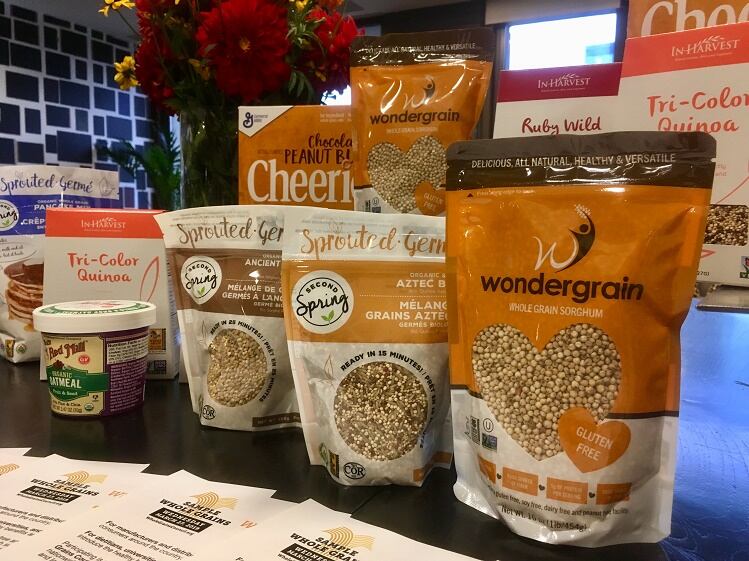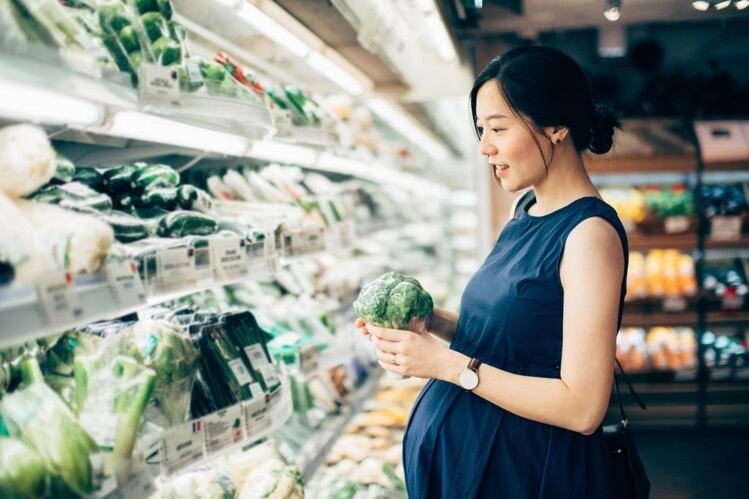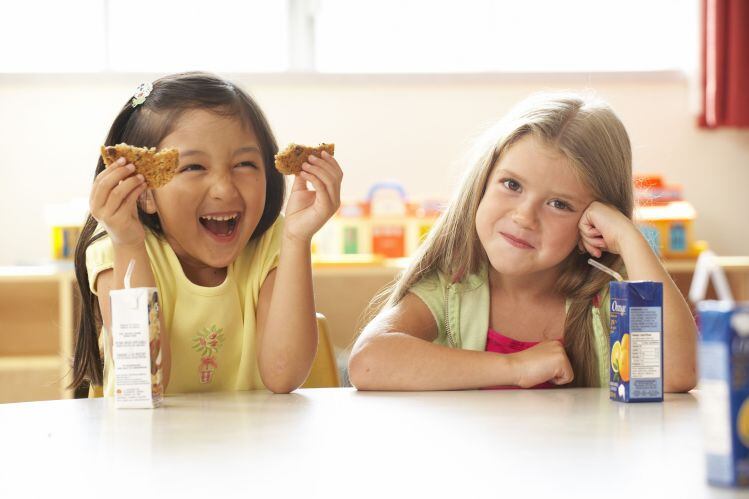“We are making progress,” acknowledged Dr Wootan, who noted that soda consumption has been steadily declining since the late 1990s, that some large CPG and foodservice companies are reducing junk food advertising to kids, that some retailers are ditching candy at the checkout, and some restaurant chains are offering healthier options for kids.
However, instead of clearing a path to help parents make the better choices, many food companies are still piling on the snow, added Dr Wootan, who said the low-priced kids’ menu at many large restaurant chains remains a “nutritional disaster,” packed with burgers, fries, nuggets, cheesy pizza and soda.
At the supermarket, meanwhile, parents are “poked and prodded and continually reminded to buy chips, candy and soda again and again,” with junk food at the checkout, the produce section, the deli section, end-cap displays, she added.
“I’m not saying parents are not responsible for their children’s eating patterns, but we need to stop pretending that the answer is just that parents need to grow a backbone and say no. Food marketing affects children’s food choices and their preferences … and it puts children’s health at risk.”
‘We in the US have this view of what ‘kid food’ is, which is very different from what it is in other countries’
Speaking on day two of FOOD FOR KIDS – a three-day summit held at Chicago’s W Hotel, City Center, Dr Wootan explained: “The reason we’re concerned as health professionals is because the overwhelming majority of foods marketed to kids are fast food, sugary cereals, snack foods and other unhealthy options, and companies are disproportionately marketing these things to children of color. African American kids see about twice as many ads for candy, sugary snacks and snack foods than do white children.”
For those wondering why the kids' menu is often so limited compared to the main 'adult' menu, foodservice marketing “helps kids define what ‘food’ is, so we in the US have this view of what ‘kid food’ is, which is very different from what it is in other countries, and marketing contributes to that,” she argued.
“It not only leads kids to ask parents for certain products, but it leads to a familiarity with a very limited set of foods [burgers, fries, pizza, chicken nuggets], and affects what kids are willing to eat in schools and in childcare, so you see menus in these places mimicking what you see in fast food restaurants. Of course it’s easier to get kids to eat hamburgers, French Fries, and other foods that are so heavily marketed and more kids are familiar with.”
Change the default option to the healthy option
She added: “Another really powerful form of marketing is how companies set defaults on things like sides and portion sizes, the default is what you get automatically if you don’t ask for something else [eg. burgers come with fries unless you ask for a salad or fruit; soda comes as the default unless you specifically ask for juice, water or milk instead].”
While food companies worry that healthier kids' menu items won't sell, Disney has proved that making the healthier option the default option can be a win win, said Dr Wootan, who noted that at Disney theme parks, kids’ meals now come automatically with fruit and veg as a side dish instead of fries or with a healthier beverage instead of soda, and it hasn't dented sales.
“Parents can still opt out and get fries and soda for no extra cost, but the overwhelming majority of parents stick with the healthy default for beverages, and about half stay with the healthier alternative to fries, so just by changing the default, you can positively impact kids’ diets.”
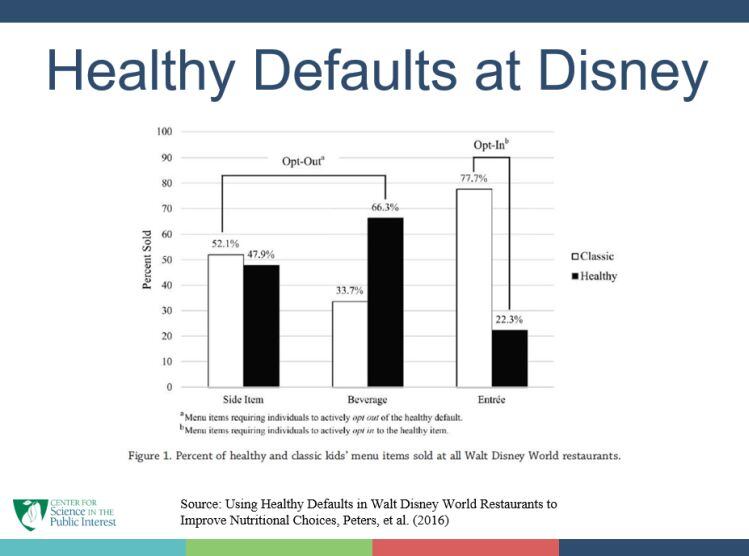
Parents are being steered towards the unhealthy option
She added: “Kids get about a quarter of their calories from restaurants, but kids’ menus continue to be a nutritional disaster. They are chock full of unhealthy options and by offering them at a lower price they are steering parents towards a kids’ meal as opposed to healthier options [on the main, ‘adult’ part of the menu].
“In the last couple of years, leading restaurants have agreed to take soda and other sugary drinks off the kids’ menus. That’s terrific, but still, more than three quarters of the top chains still push sugary drinks to children on their kids’ menus.”
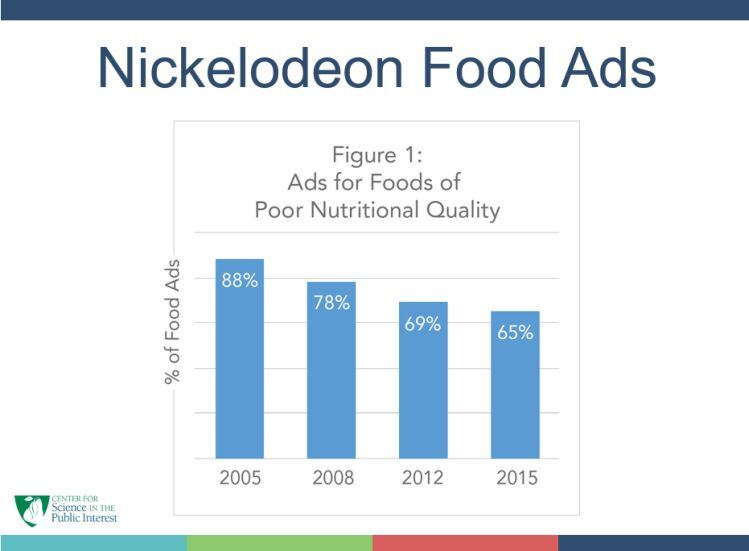
Supermarkets are not a 'nutritionally neutral space'
As for supermarkets, most people think of them as “a nutritionally neutral space where you can buy everything from carrots to candy and it’s up to you,” said Dr Wootan.
In reality, she added, parents are being “prodded and poked” throughout the store to buy junk food that is not on their shopping list.
If you don’t shop the produce section, you won’t get a second chance to buy bell peppers, she said. By contrast, “If you’re trying to be good and you don’t go down the chips aisle, not to worry, you will not miss the chips… they will be in freestanding displays throughout the store, on end of aisle displays, in the produce section, near the deli, at the checkout… you will be poked and prodded and continually reminded to buy chips, candy and soda again and again… many people forget that of the 4 ‘p’s of marketing, place is one of the most powerful.”
In particular, she said, the “checkout is chock full of crap… [with some notable exceptions]: “Parents are really interested in feeding their children well, more so than ever before in fact, but it’s hard when you’re being continually pushed towards unhealthy options.”
Food companies, she said, have spent a lot of time on great initiatives, “but at the same time, they spend $2bn a year trying to influence children’s eating habits… You can’t have it both ways; you can’t say it’s up to parents [to make healthy choices] and then go behind their backs and try to directly influence and manipulate what children are eating.”
